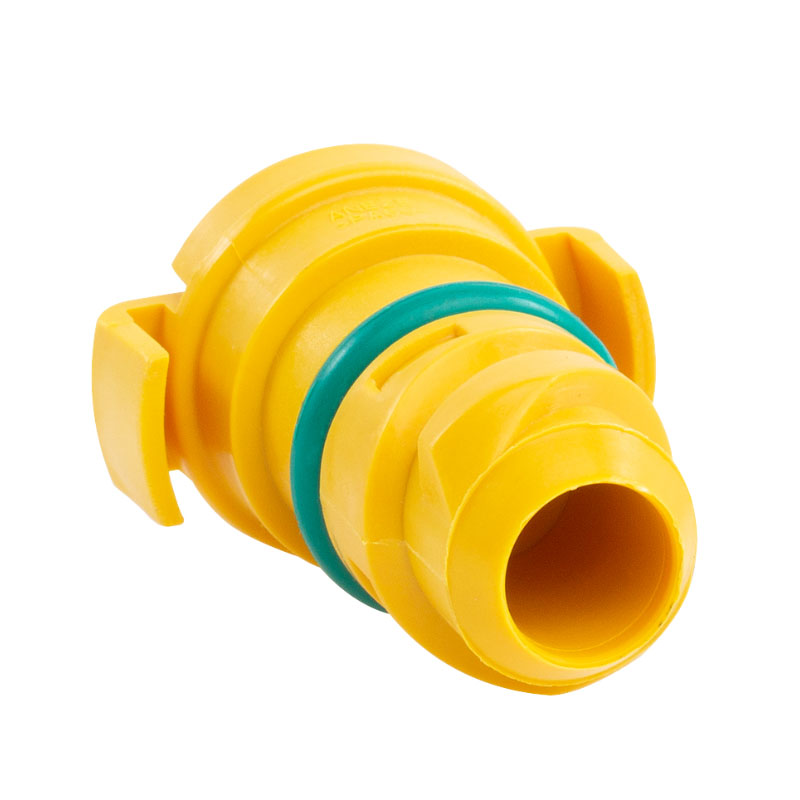lip oil seal types
Understanding Lip Oil Seal Types
Lip oil seals, commonly referred to as oil seals or simply seals, play a crucial role in various mechanical systems by preventing the leakage of lubricants and contaminants. Their design, which typically includes a flexible lip that exerts pressure against a shaft, ensures effective sealing in a range of applications, from automotive engines to industrial machinery. In this article, we will explore the different types of lip oil seals, their functions, and the materials used in their construction.
Types of Lip Oil Seals
1. Single Lip Seals Single lip seals are the most basic type, featuring one sealing lip that presses against the shaft. They are ideal for applications where there is minimal exposure to external contaminants and where pressure differentials are low. Commonly used in rotating shafts, these seals are effective at preventing oil leakage and are easy to install.
2. Double Lip Seals As the name suggests, double lip seals consist of two sealing lips. The inner lip provides the main sealing function while the outer lip acts as an additional barrier against dirt, dust, and other contaminants. This type is particularly beneficial in environments where contamination is a concern, such as in heavy machinery and off-road vehicles.
3. Spring-Loaded Seals Spring-loaded lip seals incorporate a coiled spring behind the sealing lip, which exerts additional pressure against the shaft. This design enhances sealing performance, especially in high-speed applications or environments subject to vibration. The spring ensures that the lip maintains contact with the shaft, compensating for wear and thermal expansion, making these seals ideal for applications with fluctuating pressures.
lip oil seal types

4. Flanged Seals Flanged seals come with a flange that allows for easy installation into a housing unit. The flange provides a solid surface to secure the seal, preventing it from being pushed out during operation. This type is commonly used in applications where the seal is subject to significant axial forces, providing enhanced stability.
5. PTFE Lip Seals Made from polytetrafluoroethylene (PTFE), these seals are designed for extreme conditions, including high temperatures and aggressive chemicals. They offer excellent resistance to wear and corrosion, making them suitable for use in the chemical, pharmaceutical, and food industries.
Conclusion
Choosing the right type of lip oil seal is essential for ensuring the longevity and efficiency of machinery. Factors such as the environment in which the seal operates, the nature of the fluids being contained, and the expected temperature range must be considered. With various options available, including single and double lip designs, spring-loaded seals, flanged seals, and specialized materials like PTFE, there is a seal type suited for almost every application.
In conclusion, understanding the different lip oil seal types allows engineers and technicians to make informed choices that enhance the performance and reliability of their mechanical systems. Whether for automotive applications or industrial machinery, selecting the appropriate seal is integral to preventing leaks and ensuring optimal operation. Investing time in selecting the right oil seal can ultimately save costs associated with maintenance and downtime, making it a key component in machinery design and maintenance strategies.
-
Understanding Different Types of Oil Drain Plugs: A Comprehensive Guide
News Jun.27,2025
-
The Role of Nylon Washers in Oil Drain Maintenance: A Practical Guide
News Jun.27,2025
-
The Essential Guide to Drain Plug Washers: Types, Uses, and Best Practices
News Jun.27,2025
-
Everything You Need to Know About Washer and Plug Sealing: Polaris-Specific and General Tips
News Jun.27,2025
-
A Comprehensive Guide to Different Types of Oil Drain Plugs for Efficient Maintenance
News Jun.27,2025
-
A Complete Guide to Oil Drain Plug Washers: Tridon and Euro Car Parts Solutions
News Jun.27,2025
-
Understanding Oil Drain Plugs: Types, Issues, and Replacements
News Jun.26,2025
Products categories















